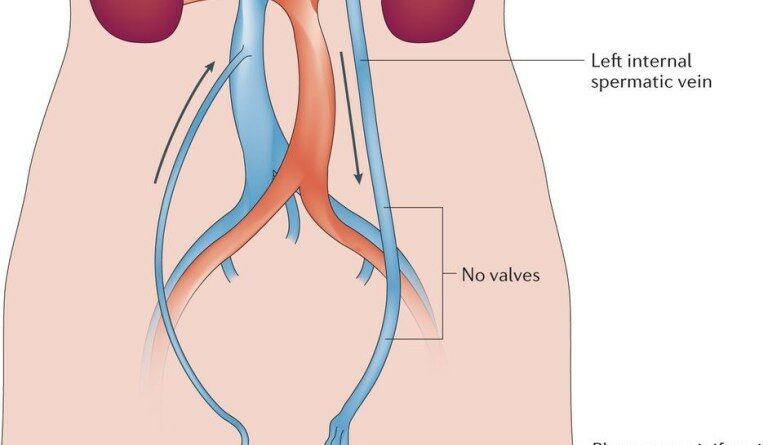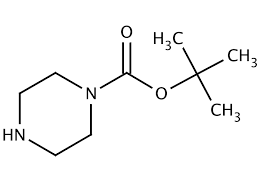Understanding Varicocele Embolisation: A Modern Treatment for Varicoceles
Introduction to Varicocele Embolisation
Varicocele is a condition where the veins within the scrotum become enlarged, leading to discomfort and potential fertility issues. A varicocele can occur when the veins in the scrotum fail to function properly, causing blood to pool and veins to enlarge. Although this condition affects a significant number of men, many are unaware of its impact on fertility and overall health.
While surgery has traditionally been used to treat varicoceles, advancements in medical procedures have introduced more effective and minimally invasive treatments. One such option is varicocele embolisation, which is rapidly gaining popularity as a preferred method for varicocele treatment.
In this article, we will explore what varicocele embolisation is, how it works, its benefits, and why it might be the right choice for men dealing with varicocele issues.
What is Varicocele Embolisation?
Varicocele embolisation is a minimally invasive procedure that involves blocking the enlarged veins responsible for varicoceles. It is an outpatient treatment that requires no surgery and involves a simple procedure to close off the affected veins, allowing healthy blood circulation to resume.
During the procedure, a small catheter is inserted through a tiny incision, typically in the groin or neck area, and guided to the affected veins. Once the catheter reaches the target area, a small coil or embolic agent is released to block the veins. This action redirects the blood flow to healthier veins and reduces the size of the varicocele, which can alleviate symptoms and improve fertility.
How Does Varicocele Embolisation Work?
Varicocele embolisation is performed by a radiologist or an interventional specialist who is skilled in using imaging technology to guide the catheter. The procedure is typically done under local anesthesia, meaning patients remain awake and comfortable during the process.
-
Preparation: Before the procedure, the doctor will perform an imaging test, such as an ultrasound or venogram, to identify the location and severity of the varicocele.
-
Catheter Insertion: Once the area is numbed, a small incision is made, and a catheter is inserted into the vein. The catheter is advanced to the varicocele site using live X-ray imaging.
-
Embolisation: The doctor releases a tiny coil or embolic agent into the varicose veins to block the blood flow. The embolic agent causes the vein to collapse and close, redirecting the blood flow to healthy veins.
-
Completion: After the procedure, the catheter is removed, and the incision is sealed. Patients can typically go home the same day.
Advantages of Varicocele Embolisation
Varicocele embolisation offers numerous benefits over traditional surgery. Some of the most notable advantages include:
-
Minimally Invasive: Unlike surgery, varicocele embolisation does not require large incisions or stitches. The procedure is performed through a small puncture, leading to faster recovery times and less discomfort.
-
No Need for General Anesthesia: The procedure is done under local anesthesia, eliminating the risks associated with general anesthesia. This means the recovery process is quicker and less complicated.
-
Short Recovery Time: Most patients can resume normal activities within a few days. Unlike traditional surgery, where rest and recovery may take weeks, varicocele embolisation allows for a much quicker return to everyday life.
-
Improved Fertility: Varicocele embolisation can significantly improve sperm quality in men with varicoceles. By restoring normal blood flow, the procedure helps reduce testicular temperature and inflammation, which are often linked to fertility issues.
-
Minimal Risk of Complications: The risks associated with varicocele embolisation are minimal compared to traditional surgery. There is a lower chance of infection, scarring, and other complications.
Is Varicocele Embolisation Right for You?
Varicocele embolisation is an excellent option for men experiencing the symptoms of varicocele, such as testicular pain, swelling, or infertility. It is particularly recommended for individuals who wish to avoid the long recovery times and potential complications associated with surgery.
Before undergoing varicocele embolisation, it is essential to consult with a healthcare provider who specializes in reproductive health or interventional radiology. They will assess your condition, review your medical history, and determine if this minimally invasive procedure is right for you.
While varicocele embolisation is a safe and effective treatment for many men, it may not be suitable for everyone. Certain medical conditions or complications may require alternative treatment options.
What to Expect After Varicocele Embolisation
One of the most appealing aspects of varicocele embolisation is the relatively short recovery time. After the procedure, most patients are able to go home the same day and return to light activities within a few days. However, there are a few guidelines to keep in mind during the recovery period:
-
Avoid Heavy Activity: It is recommended to avoid strenuous physical activities and heavy lifting for a few weeks following the procedure to allow the body to heal.
-
Pain and Discomfort: Mild pain or discomfort at the site of the incision is common and can be managed with over-the-counter pain relievers. Swelling may also occur, but this typically resolves within a few days.
-
Follow-up Appointments: Patients should attend follow-up appointments with their doctor to monitor the success of the procedure and assess any changes in symptoms or fertility.
-
Fertility Improvements: It may take several months for fertility improvements to become noticeable. This is due to the time required for sperm production to return to normal after the varicocele has been treated.
Potential Risks and Complications
As with any medical procedure, varicocele embolisation carries some risks. However, these risks are rare and tend to be minimal compared to traditional surgical options. Some potential risks include:
- Infection at the incision site
- Allergic reaction to the contrast dye or embolic material
- Injury to surrounding blood vessels
- Recurrence of varicocele in rare cases
It is important to discuss any concerns with your doctor before undergoing the procedure to ensure that you are fully informed about the risks and benefits.
Conclusion
Varicocele embolisation is a safe, effective, and minimally invasive treatment option for men suffering from varicoceles. This modern procedure offers a quicker recovery time, fewer risks, and better fertility outcomes compared to traditional surgery. If you are struggling with varicocele-related symptoms or infertility, consider consulting with a healthcare provider to determine if varicocele embolisation is right for you.
By addressing the root cause of varicoceles and restoring proper blood flow, varicocele embolisation can significantly improve your quality of life and increase the chances of successful conception. With its high success rate and minimal discomfort, this treatment is revolutionizing the way varicoceles are treated.




